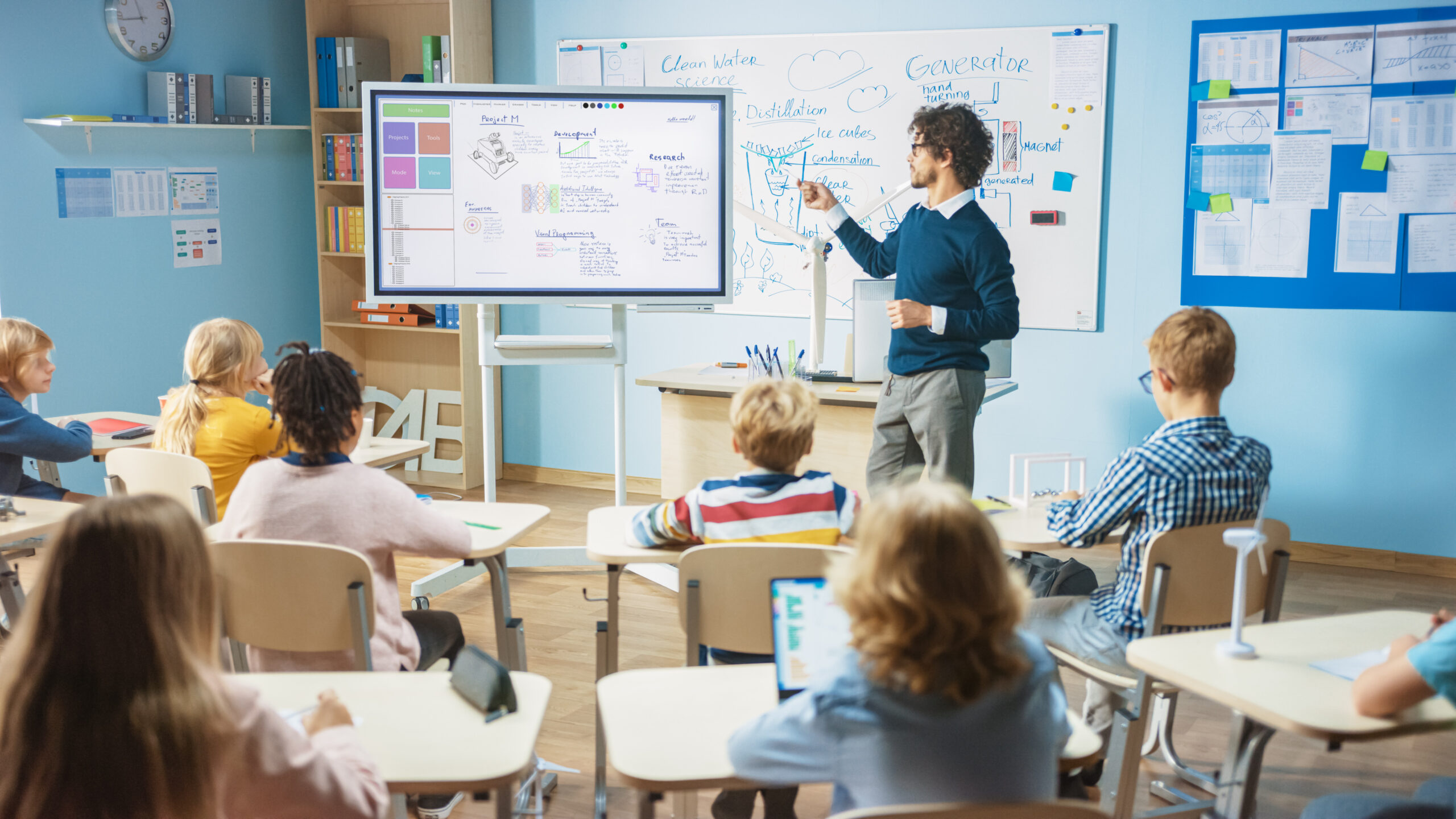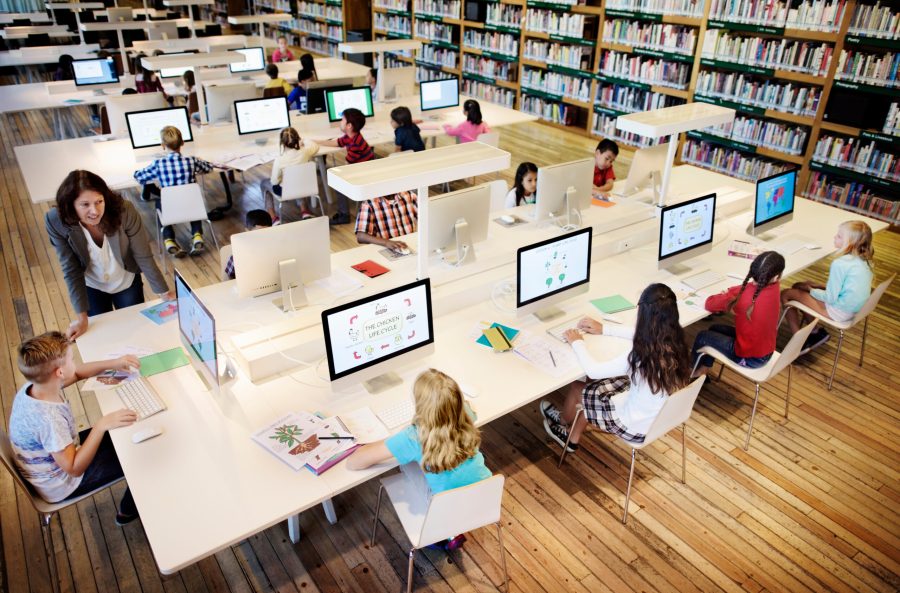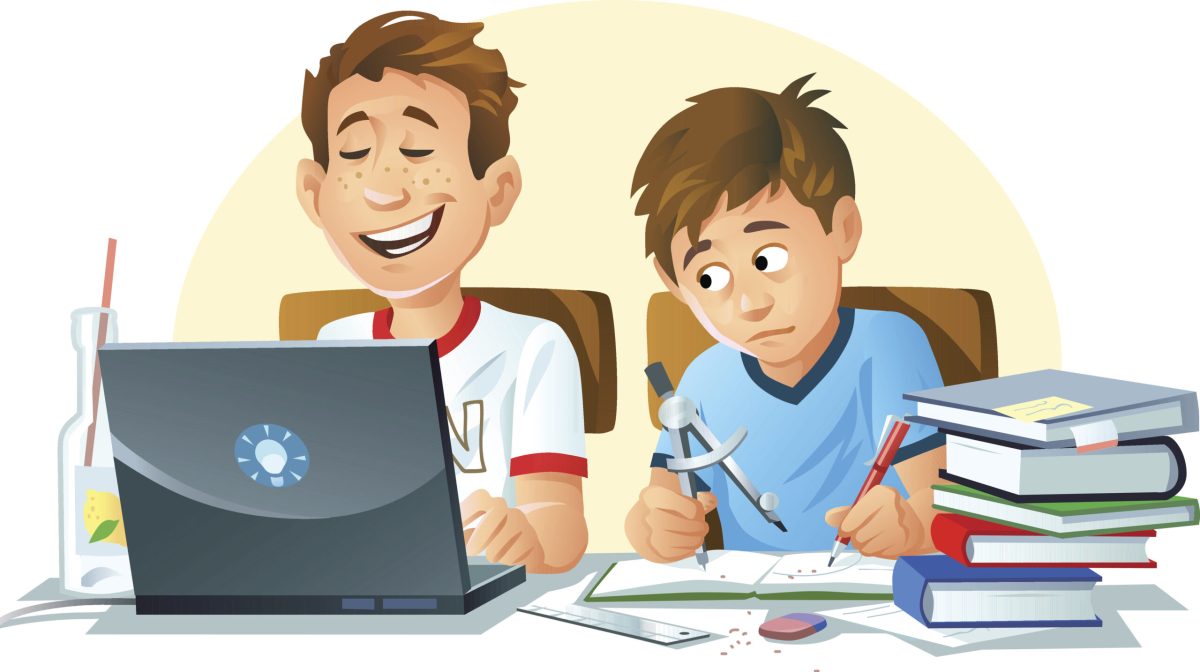
Technology is one of those things that is impossible to ignore, as it’s integrated into our daily lives and nearly everything we do. Even when we go for a walk around the block, wearable technology tracks our steps and uses this information to make suggestions and improvements in our routines. Just a quick look around shows that children everywhere are bombarded by it in everything from video games to virtual music lessons. It’s hard for many of them even to imagine a time when everything wasn’t available with the quick click of a button.
Because it evolves so fast, it’s natural to feel like the more we use technology, the faster, easier, and better we will get things done, including learning. However, this is not always the case. Although technology integration into education has many positive aspects, some drawbacks also exist.
Here, we will talk about the pros and cons of technology in education and how to find the right balance in your teaching process or curriculum.
Table of Contents
Pros Of Technology Use In Education
It is no secret that technology certainly has its place in a learning environment for students of all ages. Most children would not have made it through the Covid-19 pandemic without having access to online learning opportunities and other technological tools.
Online teaching during the COVID-19 pandemic has demonstrated how technology can play a major role in education by allowing students to continue learning from home During those times, technology was essential, and the more we could use it, the better.
However, even in a post-Covid world, where children are back in a traditional classroom setting, technology still has its place. Here are some of the primary benefits of continuing to integrate technology in education.
Provides Simulation and Modeling Opportunities

Students learn best by being able to complete hands-on activities and real-world situations. Many real-world activities would be impossible to conduct in a classroom without technology.
For example, a student who wants to learn about flying an aircraft could use a simulation program and access the control panel, gauges, and other aspects of flying a plane without stepping into a cockpit. A similar example is learning about the human body. Students can view animations, dissections, and other activities that would help them learn right from their computer screen.
Since many children are visual learners, these opportunities are essential in allowing them to get “hands-on” experience on topics they would not otherwise have exposure to due to geographical or monetary limitations.
Can Be Exciting and Engaging to Students

Students, especially younger ones, find technology fascinating and engaging. In the past, these students relied on the teacher’s written notes or textbooks to learn the material. Some of them might have trouble focusing on the topics and staying engaged.
Because teachers can now use technology to integrate videos, images, sounds, and presentations into the classroom, it expands their toolbox. It also provides them with new ways to keep up classroom excitement and engage with their students.
Technology also allows students to connect with real-world events as they’re happening. For example, a classroom could watch a live-stream video of important news as it occurs or interact directly with thought-leaders and guest speakers with whom they might otherwise never have connected.
Teaches Children Digital Literacy/Prepare Them for the Future

Now that it’s here, technology is not going anywhere. It’s something that we all have to integrate into our lives. Since a child will need to use technology in their day-to-day lives as adults, it’s important to give them exposure to it from a young age to set them up for a successful future.
It’s unrealistic not to incorporate some of the basics of technology in a modern classroom. Providing students with digital literacy helps them learn how to use these tools and can help them learn how to use them responsibly. It also allows them to keep up with technology as it changes and understand the skills expected of them in the future workplace.
Allows Students to Learn at Their Own Pace/Reinforce Concepts

Classrooms always have students that learn at different levels and different speeds. Technology allows students to have some control over their learning environment and the speed at which they tackle specific subjects.
For example, using a virtual reading program will help students who are fast readers move ahead quickly, and those who need more reinforcement or coaching can receive it by working at their own pace. This type of learning will keep more advanced students from getting bored and prevent those needing more help from falling behind.
These programs also allow the teacher to quickly get a snapshot of where each student in her class stands concerning their level in reading, math, or other core subjects.
Broadens Students Horizons

Technology exposes students to people and things outside of their immediate environment and the local community. This benefit allows them to gain a more holistic picture of the world around them and understand and connect with other cultures, demographics, and people.
Students can even connect with others in real-time to get a new perspective or understanding of a topic, or they can speak with business and community leaders to share ideas. Giving the student a broader view of the world around them and teaching them to interact with others who differ from them can create more empathetic and socially responsible adults.
Technology has made online learning possible and accessible

Online learning in many ways has revolutionized the way education is approached. It certainly can bring some major advantages to the education. It allows for students to access materials in real time and gain access to online libraries, archives, and video conferencing platforms that can mimic the in-person classroom environment
Cons Of Technology Use In Education
Although the many positive aspects of technology in education are appealing, it’s also important to also consider some drawbacks. Overusing technology or relying too heavily on it can reduce its positive effects and destroy its intended purpose. Here are some of the main cons of technology use in education.
Technology can be Distracting

It’s no secret that using technology like the internet or a smartphone can lead us down a rabbit hole of distractions. Even the best-intended students can become distracted by looking at social media or viewing other types of content on their devices instead of focusing on their work.
In addition, if the school, teacher, or parent does not implement proper security protocols, the student could potentially access inappropriate or unauthorized content, even within the school walls. When students bring their personal technology devices to class (i.e., smartphones), teachers often lose control over their behavior. They must work harder to gain the student’s full attention, which takes away from the valuable lesson time.
Since students will always be tempted to look at or use their phones or other devices, even when they’re not supposed to, adults must appropriately monitor technology use for learning. The teacher must also set clear expectations for how the student will use it and how they should not use it.
Can Hinder Socialization

It’s so easy these days to communicate just by sending a text or email, which limits face-to-face interaction. In addition, students learning virtually or from self-led learning modules may not have as many face-to-face opportunities to engage and interact with their peers and students who learn in a traditional classroom setting.
Lack of in-person engagement and socialization can lead to various issues down the road, such as trouble with personal relationships or emotional problems. To help curb these personal relationship issues, it’s crucial to maintain a balance of in-person and virtual relationships and friendships
Can Encourage Plagiarism/Make it Easier to Cheat
If a student takes an online exam, it can be difficult for the teacher to know whether or not they used other technology to look up answers or receive aid with the questions. The same potential for this behavior holds true with written essays and research papers.
Many AI tools allow students to plug in a topic and almost instantly receive a paper written about it. They can also potentially outsource work on papers or other assignments to individuals who will do the work for them for a fee (a more significant problem with college-aged students).
Because of these issues, there’s the potential for students to receive grades they didn’t actually earn or don’t actually possess the knowledge they’re thought to possess. This “misrepresentation” of knowledge could cause long-term consequences when they reach the working world
Can Negatively Affect Health

Technology can be addicting, especially to young minds. When a child spends most of their day on a device, it can negatively affect them physically. Studies have shown that staring at a computer screen can affect eyesight, and hunching over a device such as a smartphone or a tablet can affect posture. It can also cause pain in muscles in the back or neck. Long periods in front of devices have been proven to affect sleeping patterns and cause students not to get enough rest and feel tired during the day.
Can Diminish the Value of Teachers

Teachers have always been an indispensable part of a child’s education. However, as more classes move to virtual learning and additional resources are developed so that students can learn from a computer at their own pace, the perception of face-to-face teaching may change.
Students and parents may diminish the value of a traditional classroom setting because they believe that technological advances can meet all educational goals. Unlike a traditional classroom setting, technology is available 24 hours a day, 7 days a week, and many may think that means a higher-quality learning experience because it is on-demand.
Finally, students themselves may not take their teachers as seriously as they did in the past. If a teacher instructs a classroom virtually, they do not have as much control over it and cannot always address students who don’t pay attention or focus on other things outside the lesson.
Finding The Right Balance

As you can see, technology is fundamental in an educational setting, but we must be careful not to rely too heavily on technology in education, or it can quickly prove detrimental.
For example, cell phones can be helpful in a classroom setting, as they can provide students with access to the latest news, resources and tools to help their learning. This can be immensely beneficial and make learning more engaging for students. On the other hand, cell phone use in the classroom can be distracting for both the student and teacher, if students are allowed to use them during class to send texts or play games, leading to lower academic performance
It’s important also to note that not all schools and teachers have equal access to technology, which means that many students will have a disadvantage if they come from underprivileged areas or poorly funded schools. Therefore, administrators should continue focusing on improving traditional education so everyone can access high-quality learning.
One viable way to ensure that a teacher feels comfortable with the amount of technology used in the classroom is to give them control over the type of technology used and how much they will use it. It should be positioned as a way to “bridge the gaps” in learning and supplement traditional lessons. Educators must not fear that technology will someday replace them but instead see it as a fundamental way to enhance their classroom teaching.
It is important not to overwhelm teachers with new technology and set expectations that they use every new tool or type of tool in the classroom. It’s also important not to undermine the importance of face-to-face interaction and the creativity that can come with working closely with peers in a classroom setting. Group projects, traditional test-taking, and classical learning methods all have their place and help create a well-rounded, socially adept individual.
Final Thoughts
Technology in education is a topic that has many different opinions and has been debated many times. It’s difficult to say that there’s a right or wrong answer to how teachers and schools should utilize it and how often educators should implement it.
Undoubtedly, many beneficial things came about when technology was introduced in the classroom, and these benefits will continue as new technology is developed and integrated.
However, as with many other things, “too much” of a good thing can turn bad. Therefore, it’s essential to find the right balance between its use and work to challenge and actively engage students in ways that don’t involve logging onto a device.
